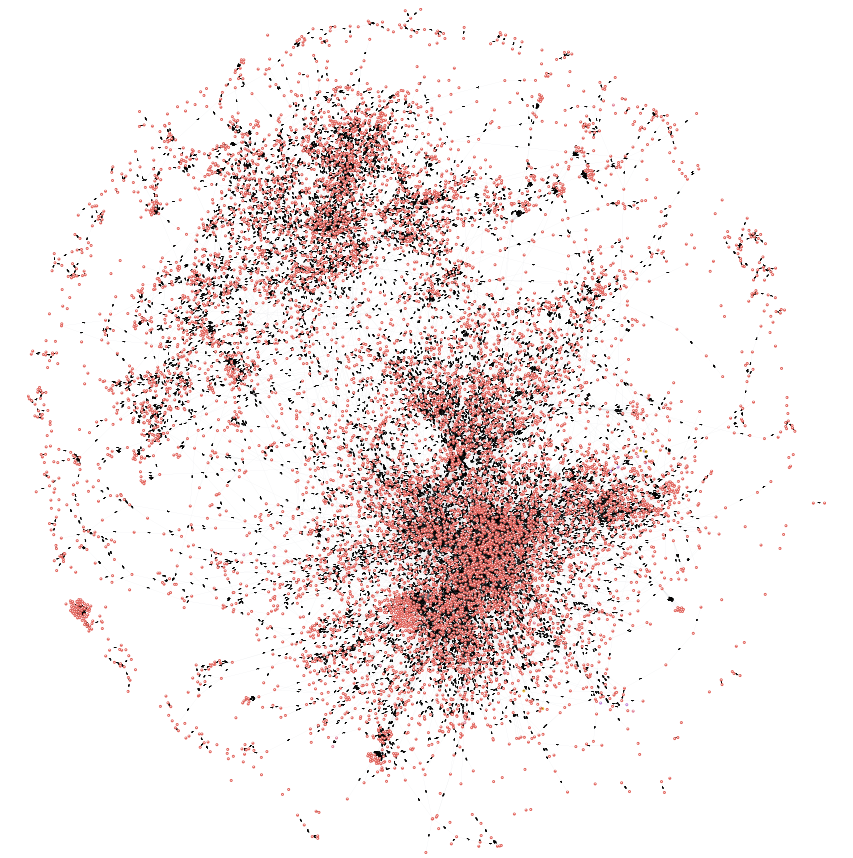I see the usage of a recurring handy pattern for doing data collection and analysis in software engineering: the producer-consumer pattern. This pattern simplifies the data acquisition (handled by the Producer), and the data post-processing (handled by the Consumer). The Producer collects the data items one at the time and places the items into a queue for processing later. The Consumer then takes one item at a time from the queue, process it, and saves the data for further analysis. This decoupled design makes it easy to parallelize the whole process as desired. For example, depending on the processing time and resources, one can have several independent Consumers running in parallel.
“A
BlockingQueueis a queue that additionally supports operations that wait for the queue to become non-empty when retrieving an element, and wait for space to become available in the queue when storing an element.”
We have used this the Producer-Consumer pattern successfully to collect million of artifacts from Maven Central and storing them in a graph database. We have published our research tool, maven-miner, and the collected data in a research paper. For this paper, we used RabbitMQ for message querying. In this post, I’ll explain a more straightforward way to implement this pattern in Java using the BlockingQueue data structure. The example is inspired by the excellent Advanced Java Development course by Ken Kousen.
The Item
Let us start with POJO called Item, which represent the object that we want to collect and process. Items are going to be produced and consumed by the Producer and Consumer classes, respectively.
1
2
3
4
5
6
7
8
9
10
11
public final class Item {
private final int id;
public Item(int id) {
this.id = id;
}
public int getId() {
return id;
}
}
The Producer
The Producer class will be executed in its own thread by implementing Runnable. This class uses a BlockingQueue to hold the Item objects. The run method will instantiate 100 items and put them into the queue. This phase can involve complex queries to databases or REST APIs, depending on the application. At the end of the items’ production, the Producer will put an item with id equals to -1, to indicate the last item was added to the queue.
1
2
3
4
5
6
7
8
9
10
11
12
13
14
15
16
17
18
19
20
21
22
23
24
25
26
27
28
29
30
31
public class Producer implements Runnable {
private int id;
private BlockingQueue<Item> queue;
Random random = new Random();
public Producer(int id, BlockingQueue<Item> queue) {
this.id = id;
this.queue = queue;
}
@Override
public void run() {
for (int i = 0; i < 100; i++) {
Item item = new Item(i);
try {
System.out.printf("Producer %d produced %d%n",
id, msg.getId());
queue.put(item);
Thread.sleep(random.nextInt(100));
} catch (InterruptedException e) {
Thread.currentThread().interrupt();
}
}
try {
queue.put(new Item(-1));
} catch (InterruptedException e) {
Thread.currentThread().interrupt();
}
}
}
The Consumer
The Consumer class also implements Runnable. The run method gets one item at the time by invoking the take function in the BlockingQueue until an Item with id = -1 is retrieved.
1
2
3
4
5
6
7
8
9
10
11
12
13
14
15
16
17
18
19
20
21
22
23
24
25
public class Consumer implements Runnable {
private int id;
private BlockingQueue<Item> queue;
Random random = new Random();
public Consumer(int id, BlockingQueue<Item> queue) {
this.id = id;
this.queue = queue;
}
@Override
public void run() {
Item item;
try {
while ((msg = queue.take()).getId() != -1) {
System.out.printf("Consumer %d consumed %d%n",
id, msg.getId());
Thread.sleep(random.nextInt(100));
}
} catch (InterruptedException e) {
Thread.currentThread().interrupt();
}
}
}
The Client
The Client class instantiates two Producer, two Consumer, and a LinkedBlockingQueue object. It makes a FixedThreadPool, which uses the availableProcessors() utility to use exactly the available processors in the system. Finally, the producers and consumers are executed.
1
2
3
4
5
6
7
8
9
10
11
12
13
14
15
16
17
public class ProducerConsumerDemo {
public static void main(String[] args) {
BlockingQueue<Item> queue = new LinkedBlockingQueue<>();
Producer p1 = new Producer(1, queue);
Producer p2 = new Producer(2, queue);
Consumer c1 = new Consumer(1, queue);
Consumer c2 = new Consumer(2, queue);
ExecutorService service = Executors.newFixedThreadPool(
Runtime.getRuntime().availableProcessors());
service.execute(p1);
service.execute(p2);
service.execute(c1);
service.execute(c2);
service.shutdown();
}
}
Here’s an except of the output:
Producer 2 produced 0
Producer 1 produced 0
Consumer 1 consumed 0
Consumer 2 consumed 0
Producer 1 produced 1
Producer 1 produced 2
Consumer 1 consumed 1
Consumer 2 consumed 2
Producer 2 produced 1
Consumer 2 consumed 1
Producer 1 produced 3
Consumer 2 consumed 3
Producer 1 produced 4
Consumer 1 consumed 4
Producer 2 produced 2
Consumer 2 consumed 2
...Summary
The Producer-Consumer pattern is a recurrent design strategy for collecting and processing data from multiple sources. The BlockingQueue Java interface allows us to implement this pattern and solve this problem without the need for manually handling multi-process synchronization.


